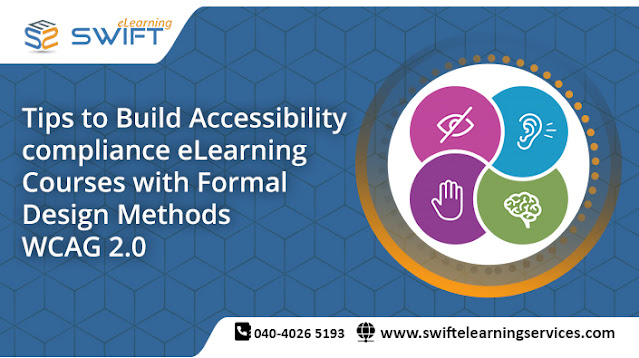According to the world health and disability statistics, around 15% of the world’s population live with a disability. In the current world of improved awareness, each country is keen on those eLearning development programs which are accessible to all kinds of learners – including learners with disability. Here, accessibility means developing the eLearning content which are usable by learners with disabilities – relating to vision, hearing, mobility and cognition.
So, if it is about developing an eLearning course, accessibility is one mandatory factor to consider by following standards like Section 508 and Web Content Accessibility Guidelines (WCAG 2.0).
In this changed context, it is mandatory for all the eLearning content developers to think of eLearning accessibility checklist or guidelines. With increasing demand for accessibility compliance eLearning courses at workplace, it is time to pay attention to it. If you are developing a course which supports the disability learners, you are in a way reducing their learning challenges and supporting their learning ability. Fortunately, accessibility compliance eLearning courses can be built with formal design methods.
Overall, all the accessibility standards across the countries would work with the same goal – To make learning available to every learner despite their different needs and abilities and health status.






